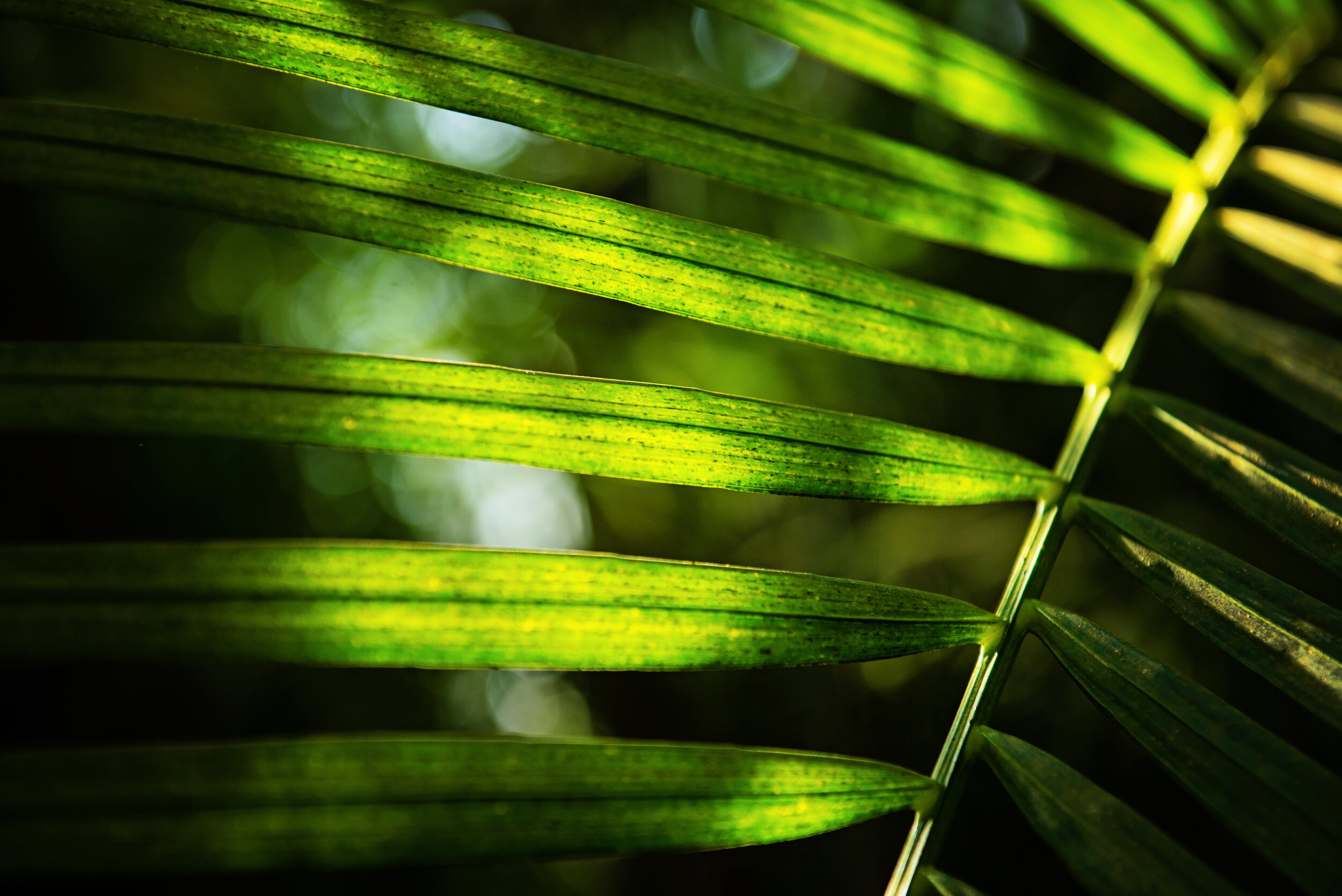
Arid Flora
In this collection we journey through a myriad of arid flora native to the deserts and semi-deserts of the world:
Agave Americana. Native to the United States and Mexico, Agave Americana, is a type of succulent. With its gray-green or gray-blue leaves, it can grow up to 1.75 meters long. This plant is not only stunning but boasts of many healing and therapeutic properties.
Opuntia Robusta. Also known as Silver Dollar Prickly Pear is a wonder. Round and blue-grey in colour these cacti are native to Mexico and the United States. These cacti reproduce by seed and by stem fragments (when they become displaced and fall to the ground or attach to animals and disperse).
Cereus Aethiops. A beautiful blue green cactus from the genus Cereus. This cactus is native to parts of Brazil, Uruguay and Northern Argentina. Its name derived from the Latin meaning torch, can tower at a height of up to 3.6 meters.
Dyckia. With over 150 different species, the Dyckia is part of the Bromeliaceae family. Native to South America and regions of Brazil, its distinct fleshy and thorny leaves are unmistakable.
Agave Victoriae-Reginae. Named after Queen Victoria, this beautiful agave is native to the arid lower elevations of the Sierra Madre Oriental Mountains and south of Nuevo Leon in north-eastern Mexico. It grows on steep slopes and near vertical cliffs.
Echeveria Derenbergii. Part of the Crassulaceae family, this succulent is a wonder to behold with its perfectly repeated leaf pattern, and cool green hue. Native to semi-desert areas of Central and South America, and Mexico, these beauties survive in all types of weather. From drought to heat to frost; they are simply resilient.










